#strong woman
Text

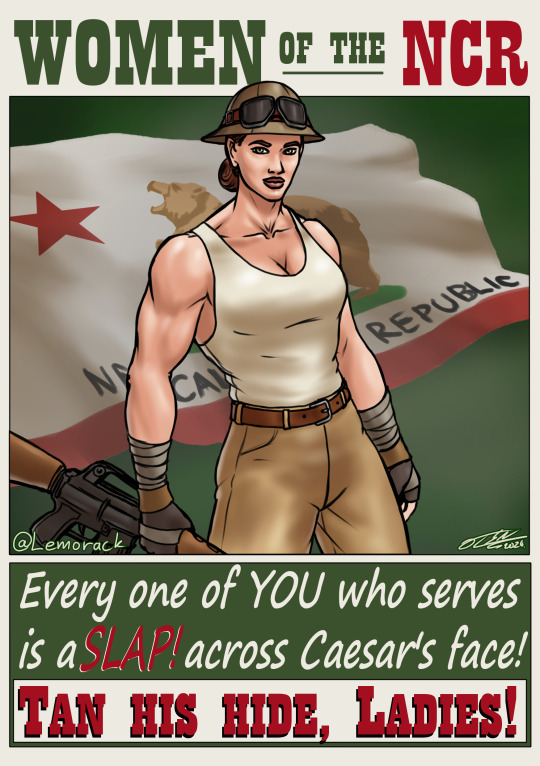
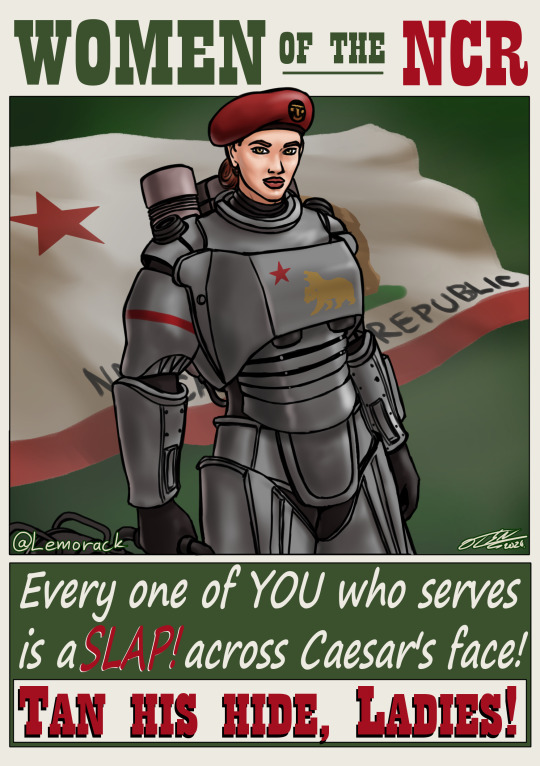
I liked the Fallout show up until a certain episode. Then it made me hate the whole series. So I decided to channel that frustration into something creative and redrew this old NCR propaganda poster in my style. And in three versions.
#art#illustration#strong woman#female muscle#muscle woman#post apocalyptic#fallout#fallout new vegas#NCR
23 notes
·
View notes
Text
(tiktok)
cool, calm and collected strongwoman queen, gabi dixson 👑 with the 330lbs per hand
39K notes
·
View notes
Text


Strong pc family 💪
(why is pc principal such a bitch to draw 💀)
#south park#butters stotch#sp butters#strong woman#sp strong woman#pc principal#linda stotch#stephen stotch#leopold butters stotch#leopold stotch#butters leopold stotch#butters art
4K notes
·
View notes
Text
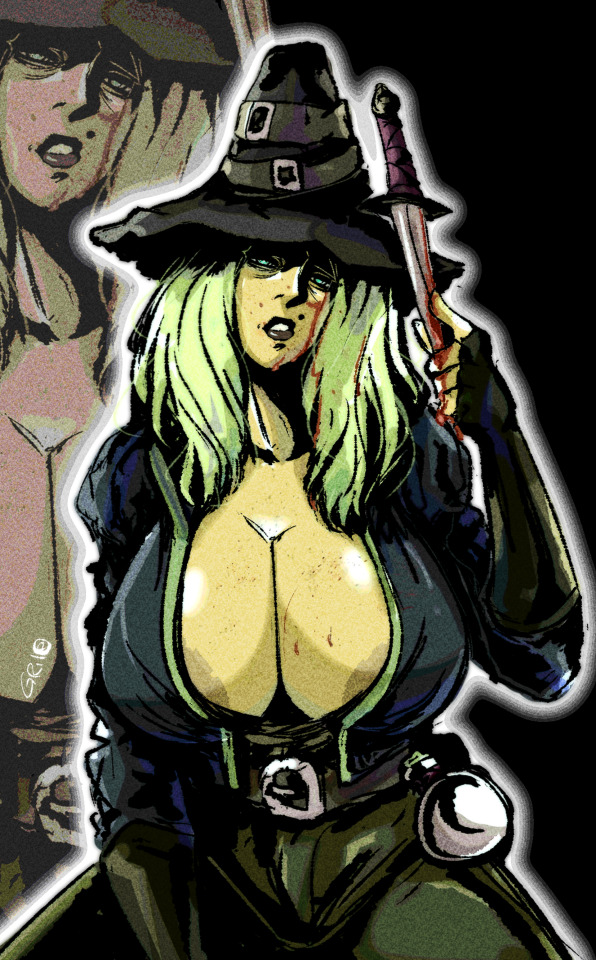
Grave Robber.
#my art#doodle#artists on tumblr#illustration#sketchy#cool#sketch#brazilian artist#sketches#strong woman#grave robber#darkest dungeon#darkest dungeon 2
340 notes
·
View notes
Text

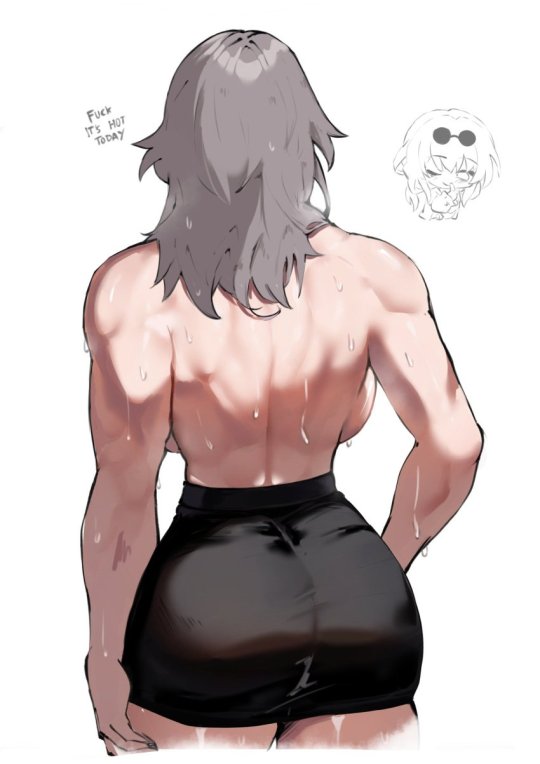
Artist is masoq095
183 notes
·
View notes
Text




A charadesign client that ended up not liking my propositions !
So, here they are, would be a shame to have them disappear into the abyss.
#charadesign#woman pirate#captain pirate#character design#camilieroart#pirate#golden age of piratry#design#green and gold#pirate charadesign#strong woman#poc#people of color
238 notes
·
View notes
Text

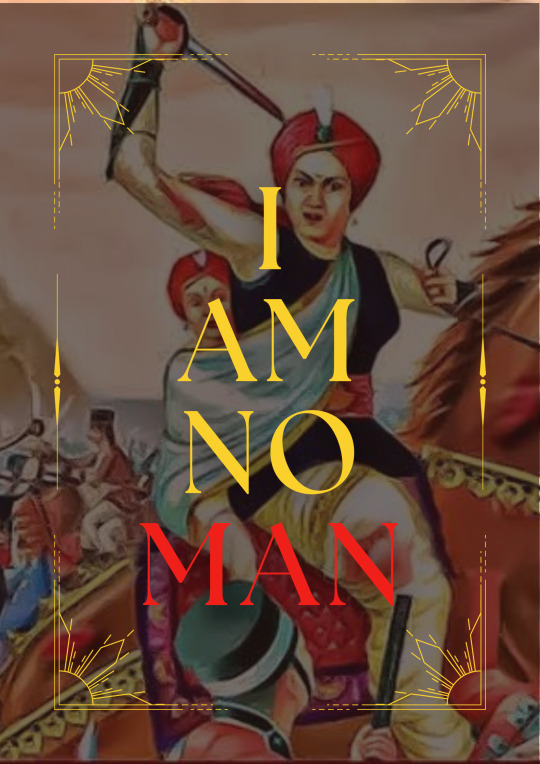
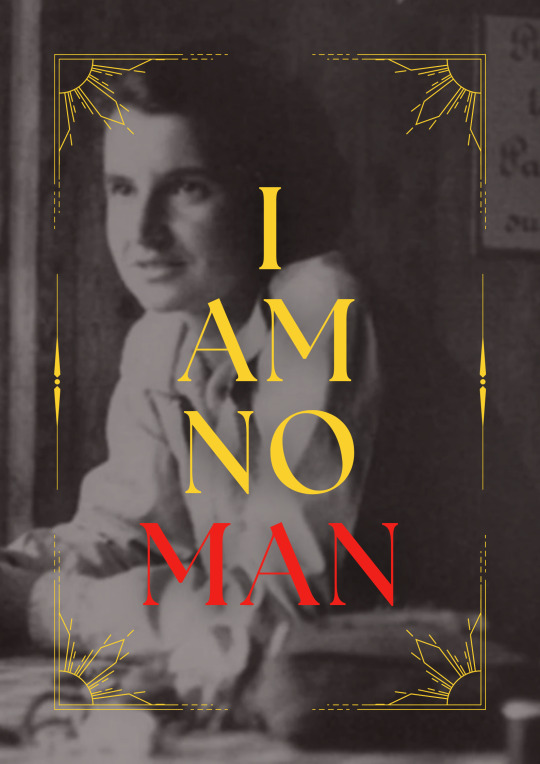





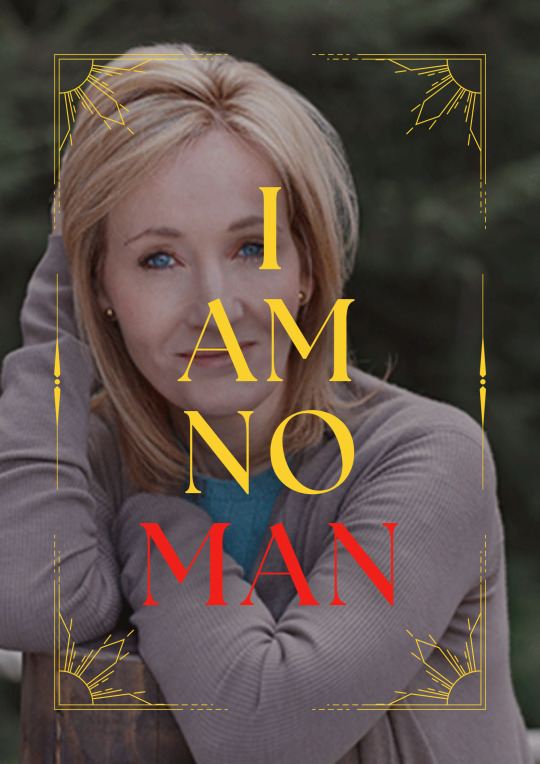
Throughout history, women have left an undeniable impact on society with their hard work, creativity, and dedication to progress. Unfortunately, their accomplishments have often gone unnoticed, been undervalued, or even stolen. Despite these challenges, brave women of today continue to push boundaries, break barriers, and pave the way for a more fair and equal world. It's our duty to keep going, so that future generations of women can inherit a kinder, more just, and supportive world. By following in the footsteps of the incredible women who came before us, we can create a world where every woman can flourish and succeed, and where their contributions are recognized and celebrated.
Joan of Arc is a patron saint of France, honored as a defender of the French nation for her role in the siege of Orléans and her insistence on the coronation of Charles VII of France during the Hundred Years' War. Claiming to be acting under divine guidance, she became a military leader who transcended gender roles and gained recognition as a savior of France. She was put on trial by Bishop Pierre Cauchon on accusations of heresy, which included blaspheming by wearing men's clothes, acting upon visions that were demonic, and refusing to submit her words and deeds to the judgment of the church. She was declared guilty and burned at the stake on 30 May 1431, aged about nineteen.
Rani Lakshmibai was the Maharani consort of the princely state of Jhansi from 1843 to 1853. She was one of the leading figures in the Indian Rebellion of 1857 became a symbol of resistance to the British rule in India for Indian nationalists. When the Maharaja died in 1853, the British East India Company under Governor-General Lord Dalhousie refused to recognize the claim of his adpoted heir and annexed Jhansi under the Doctrine of Lapse. She rode into battle with her infant son strapped to her back, and died in June 1858 after being mortally wounded during the British counterattack at Gwalior.
Rosalind Franklin was a British chemist and X-ray crystallographer whose work was instrumental in the discovery of the structure of DNA. Her contributions were largely overlooked by her male colleagues, James Watson and Francis Crick, who used her data without her permission or acknowledgement. This theft of her intellectual property and erasure of her contributions is a prime example of the systemic sexism that has historically plagued the scientific community.
Hedy Lamarr was an Austrian-American actress and inventor who co-invented a frequency-hopping spread spectrum technology during World War II that was used to guide torpedoes. However, her contributions were largely ignored and dismissed by male engineers and the military at the time. It was only later in life that she received recognition for her scientific achievements.
Emma Weyant is an American competitive swimmer. She was the US national champion at the individual medley. She qualified for the 2020 Olympic Games in the 400m individual medley and won the silver medal in this event. Weyant finished second in the 500-yard freestyle at the 2022 NCAA Division I Women's Swimming and Diving Championships. She was beaten by William (Lia) Thomas, a fetishist, who when competing as a member of the Penn men's team, which was 2018-19, ranked 554th in the 200 freestyle, 65th in the 500 freestyle and 32nd in the 1650 freestyle. Weyant is the fastest swimmer in the 500-yard freestyle and had her position stolen by a man.
Maryna Viazovska is a Ukrainian mathematician who made a breakthrough in sphere packing, solving the centuries-old mathematical problem known as the densest packing of spheres in dimensions 8 and 24. She was awarded the Fields Medal in July 2022, making her the second woman (after Maryam Mirzakhani), the second person born in the Ukrainian SSR and the first with a degree from a Ukrainian university to ever receive it.
Hannie Schaft was a Dutch resistance fighter during World War II who played a crucial role in the resistance movement against Nazi occupation. Schaft was a former university student who dropped out because she refused to sign a pledge of loyalty to Germany. Nazis arrested and killed her in 1945, just three weeks before the war ended in Europe. According to lore, Schaft’s last words were, “I’m a better shot,” after initially only being wounded by her executioner.
Shakuntala Devi was an Indian mathematician and mental calculator who was known as the "Human Computer" for her exceptional ability to perform complex mathematical calculations in her head. Her extraordinary abilities earned her a place in the 1982 Guinness Book of Records. Her lesser known achievement is that in 1977 she wrote what is considered to be the first book in India on homosexuality titled “The World of Homosexuals.”
J. K. Rowling is a British author and philanthropist. She wrote Harry Potter, a seven-volume children's fantasy series published from 1997 to 2007. Known for her philanthropy, she was doxxed and harassed after coming out with support for women's and gay rights in 2020. Rowling secretly donated hundreds of thousands of pounds to save 100 female lawyers and their families facing murder in Afghanistan. In 2022, she funded a women's only rape shelter in Edinburgh.
#this post was inspired by me being absolutely sick of trans activists claiming that joan of arc/rani lakshmibai/insert literally any other#strong woman#is actually a trans man#they were no man at all#women have been brave and strong and amazing throughout history#and they still are#if only you'd get your head out of your ass to take a look#radical feminism#radblr#terf#trans#misogny#i am no man
682 notes
·
View notes
Text
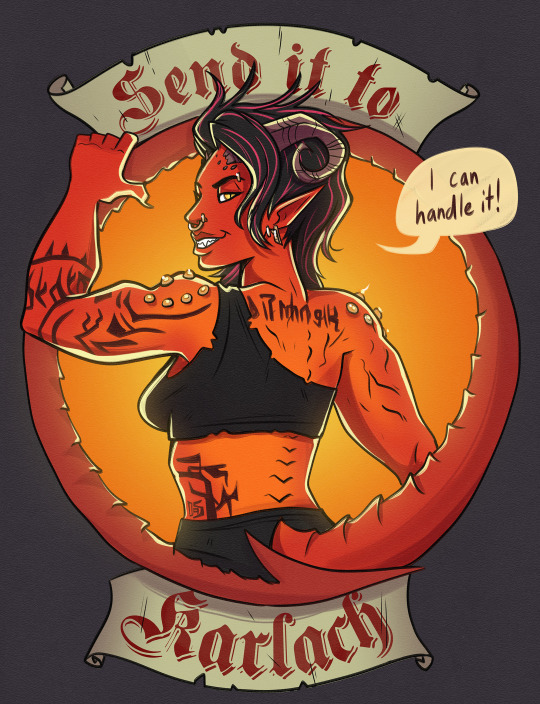
As a character that steals nearly everything but has almost no strength, I 'Send it to Karlach' so much I started to imagine a sitcom with that name...
148 notes
·
View notes
Text
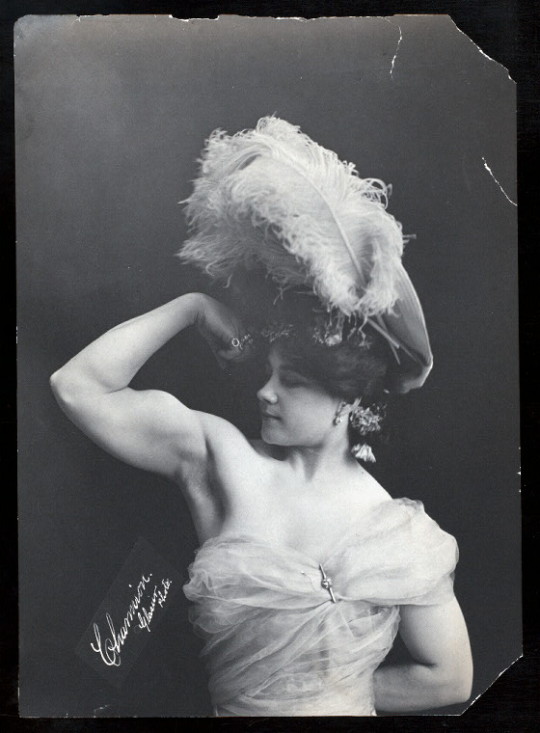

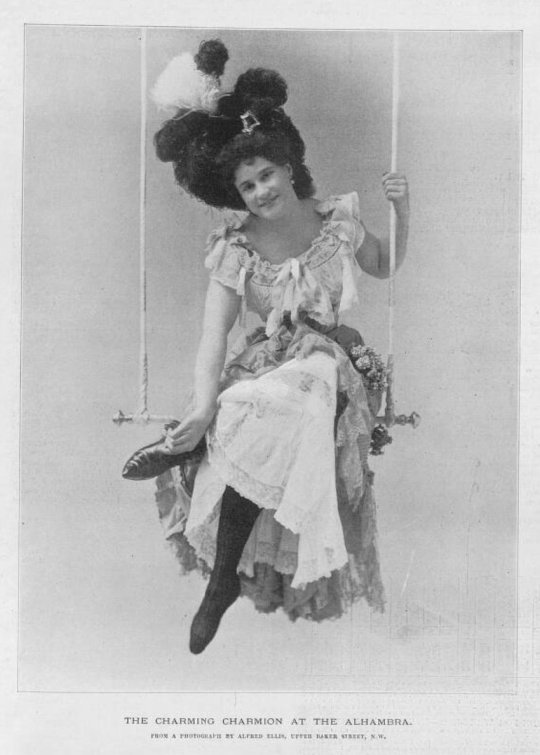


Charmion – The 'Disgusting' Victorian-Era Strongwoman Who Stripped For Freedom
The sensational gymnast who became America's highest paid vaudeville star
295 notes
·
View notes
Text


Heroine of the day - Sally McNeil
Born September 30, 1960 is an American former sergeant, professional female bodybuilder and muscle worship practitioner, who was convicted for the murder of her husband Ray McNeil, a Mr. Olympia competitor.
Her husband Ray has been physically and mentally abusing her for years, cheating on her as well. He liked to choke her, and did it multiple times during their relationship. On February 14th 1995, when he attacked her again, she had enough and she shot him. I say GOOD FOR HER.
But obviously the misogynistic society labeled her as an aggressive bully. Just because she was extremely strong physically, people didn't believe that she could be a victim of domestic violence. Even though a professional psychologist evaluated her and confirmed that she was abused, the absolute asshole of a prosecutor named Dan Goldstein kept denying this fact. He thought that a victim should be a perfect, helpless, delicate woman and Sally wasn't like this. So he did everything he could to destroy her in court and she ended up spending 25 years in prison for murder.
When watching a documentary about her (Netflix's Killer Sally) there are a couple of things worth noticing.
Sally's children confirmed that she was abused and they were 100% on her side. They SAW what was happening and knew she didn't have a choice.
As for Ray, his friends who are in the documentary are straight up ridiculous. One man said (with a smile on his face!) that Ray once gouged out some man's eyes. Then he proceeded to describe Ray as a gentle, harmless giant. And THEN he said how aggressive and dangerous Sally was 🤡 Ray's friends also found it very entertaining that he cheated on Sally. They were smiling while talking about it. They didn't give a single fuck about how hurt this woman was. And they wouldn't care if it was Ray who killed her.
Sally was not only a victim of domestic abuse. She's also a victim of misogyny, which robbed her of 25 years of her life.
But now she's free and thriving and I wish her all the best. She did NOTHING wrong. Every woman who kills her abuser is a heroine and should be praised.
#radfem#radical feminism#radfem safe#radblr#radfems do interact#feminism#radfems do touch#women's rights#women's liberation#sally mcneil#ray mcneil#killer sally#domestic abuse#strong woman#female bodybuilder#kill your abuser#kam#kill all men#misogyny#crime#heroine#female soldier#female athlete#male violence#male abuse
69 notes
·
View notes
Text
How many times do we have to say:
Create characters with strength of virtue, not strength of skills.
I just finished A Tale of Two Cities with the character Lucie Manette, who "does" nothing but love the people around her and extend compassion toward everyone within her sphere of influence. She makes no "choices" that contemporary audiences would award the stupid badge of "giving her agency" to.
She doesn't make a speech that saves Charles Darnay's life. She doesn't lead the victims of the French Revolution into a counter-revolt. She doesn't fight off the soldiers that come to take her husband, or beat up Madame Defarge when she threatens her child, or even come up with the escape plan to flee Paris.
She makes none of those kinds of choices. (You know who does? Madame Defarge. But the compare-contrast between those two can wait till another day.)
But she makes these kinds of choices:
She'll give her honest testimony in a trial for a potential traitor to the crown, and demonstrate her compassion and grief for a near-stranger, wearing that vulnerability on her sleeve in front of a huge court of people clamoring for blood.
She'll be compassionate toward Sydney Carton, even though he's rude, careless, and brings a bad attitude into her happy home.
She'll spend the energy of her life making that home happy.
She'll stand for two hours in any weather on the bloody streets of the French Revolution so her husband might have a chance of glimpsing her and getting some comfort from the prison window.
She'll trust the older men in her life when they ask her to.
She'll allow an old woman to care for her and go everywhere she goes, and treat her like a child, as long as it makes the old woman in question happy.
And what, WHAT is the consequence of these kinds of decisions, choices, that some ignorant people call "passive?"
That old woman is allowed to love Lucie Manette so much that she defeats the villainess in the climax of the story, holding Madame Defarge back from getting revenge with sheer strength that comes directly from that love.
Her father is allowed to draw strength from the fact that Lucie believes she can depend on him--because she chooses to let her father take the lead and do the work of saving her husband, Dr. Manette is fully "recalled to life;" he doesn't have to identify as a traumatized, mentally unstable victim anymore, because Lucie is treating him like he can be the hero.
Her husband does see her in the street, and does draw strength from that--just that--instead of losing his mind the way her father, starved for a glimpse of his loved ones, did during his own imprisonment.
Lucie's home is so full of the love and kindness that she fills it with that not only does her father return to remembering who he is after his long imprisonment--but Mr. Lorry, a bachelor with no family, can feel at home with a full life, there. Miss Pross, whose family abandoned and bankrupt her, has a home with a full life, there. Charles Darnay, whose life of riches and pleasure as a Marquis was empty, has a home with a full life, there. In Lucie's home, because she spends her life making it the kind of home others can find rest in.
Sydney Carton, a man whose whole life has been characterized by a LACK of "care" for himself or anyone else, suddenly cares about Lucie. When he thought it was impossible to. And he doesn't care about her because she's pretty. Her beauty was just a source of bitterness for him--one more pleasure he could've had but can't. Until he "saw her with her father," and saw her strength of virtue, of pity, of compassion, of self-sacrificial love--then he felt that she "kindled me, a heap of ashes, into fire." He started caring about life again, where it was associated with her, because she brought to life every good thing. Just by being a woman of good virtue. And we know what that inspiration led him to.
Without Lucie's strength of virtue, and the decisions that naturally came from that, none of the "active" choices other characters made would have happened. Sydney would not have been redeemed. Darnay would not have been saved. Her father never would've been recalled to life. Miss Pross and Mr. Lorry would've had no light or love in their lives. Even Jerry would've had no occasion to learn from his mistakes and resolve to stop abusing his family.
A character like Dickens' Golden Thread, who does what a woman should do, inspires the choices other characters make. That makes her more powerful, in her own way, than the heroes and any decisions they make. Because she's the cause. She's the inspiration. She's the representation of everything good, right, precious, worth fighting for.
Lucie Manette's not the only character like this. Cinderella. The original Disney Jasmine. The original Disney Ariel. Lady Galadriel. Jane Eyre. Amy March.
"Behind every great man is a great woman," indeed! Absolutely! Bravo!
Hang on! Hang on to those kinds of characters. Those a real "strong female" characters. The muses, the inspirations, the reminders of The Greater Good. The people who make fighting the dragons worth it at all. Who cares about fighting the dragon? That's not so great, without her.
Don't forget those kinds of characters! Reading Dickens just makes me desperate for our generation to keep up the reminder: make characters that the next ten generations can learn from: strength of virtue is much more important than silly little strength of skill.
#Dickens#Charles dickens#writing#storytelling#behind every great man is a great woman#strong female characters#strong woman#Lucie Manette#a tale of two cities#classics#writing advice#feminism#feminism is poison#Christianity#Christian fiction#tropes#Sydney carton
66 notes
·
View notes
Text
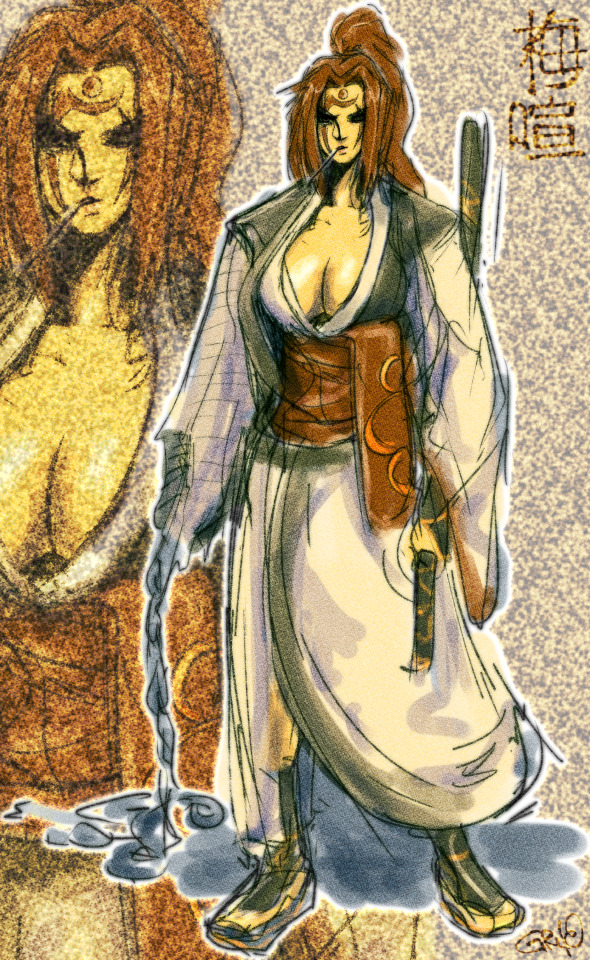
梅喧
#my art#doodle#artists on tumblr#illustration#sketchy#sketch#cool#brazilian artist#sketches#strong woman#guilty gear accent core#guilty gear strive#guilty gear#baiken#guilty gear baiken#梅喧#samurai#y2k#scanned
396 notes
·
View notes
Text
4th Trigun Shitpost Sunday, woo!!
Milly is a strong and tall and beautiful and amazing woman, I love her so much!!! ♡
And TriStamp WW is so BABY next to her JDJSKSLLSLSS I HAD TO!

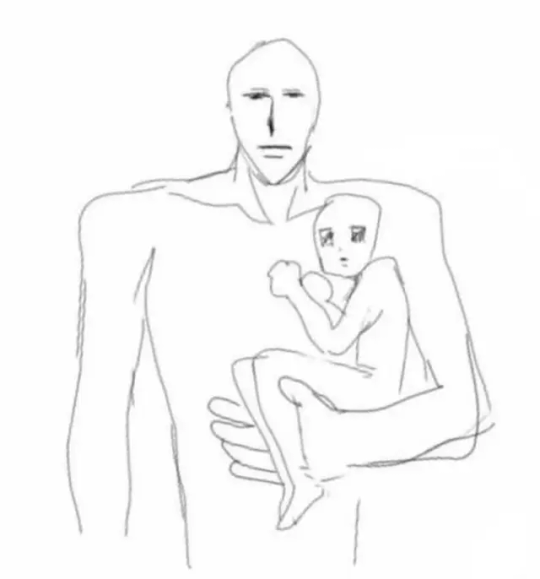
#milly thompson#milly thompson fanart#nicholas d. wolfwood#trigun wolfwood#wolfwood fanart#trigunshitpostsunday#trigun fanart#trigun#fanart#shitpost#trigun stampede#trigun shitpost#trigun milly#millywood#milly x wolfwod#strong#strong woman#strong milly trigun#baby wolfwood
52 notes
·
View notes
Text
Mary Somerville, the world's first scientist.


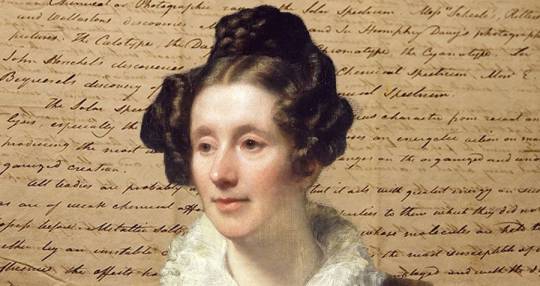

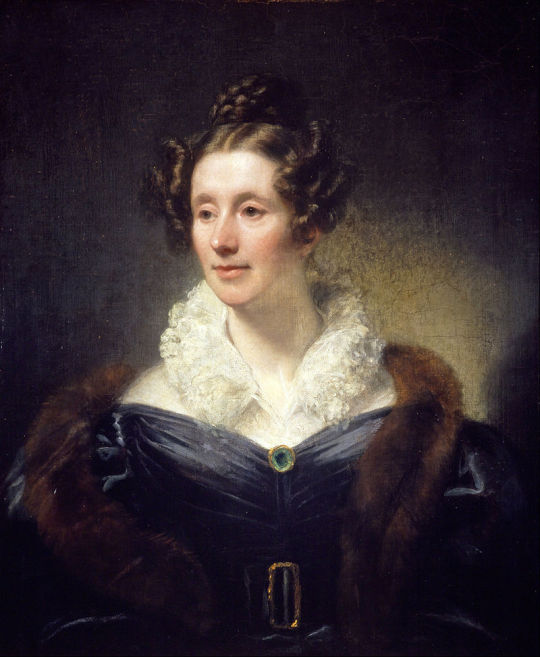
On December 26th 1780 Mathematician and scientist,Mary Somerville was born in Jedburgh.
Before Mary Sommerville came around, the word "scientist" didn't even exist.
When we think of history’s great scientists, names such as Isaac Newton, Galileo Galilei, or Nicolaus Copernicus likely come to mind. The funny thing is that the term “scientist” wasn’t coined until 1834 — well after these men had died — and it was a Scottish woman named Mary Somerville who brought it into being in the first place.
Mary Somerville was an almost entirely self-taught polymath whose areas of study included math, astronomy, and geology – just to name a few. That Somerville had such a constellation of interests, and possessed two X chromosomes, would signal a need to create a new term for someone like her — and scientific historian William Whewell would do precisely that upon reading her treatise, On the Connexion of the Physical Sciences, in 1834.
After reading the 53-year-old Somerville’s work, he wanted to pen a glowing review of it. He encountered a problem, however: The term du jour for such an author would have been “man of science,” and that just didn’t fit Somerville.
In a pinch, the well-known wordsmith coined the term “scientist” for Somerville. Whewell did not intend for this to be a gender-neutral term for “man of science;” rather, he made it in order to reflect the interdisciplinary nature of Somerville’s expertise. She was not just a mathematician, astronomer, or physicist; she possessed the intellectual acumen to weave these concepts together seamlessly.
Somerville was an intellectual giant of her age. In her mathematical and scientific pursuits, she was able to converse confidently with some of the foremost minds in the natural philosophic community (natural philosophy previously having been the name of scientific endeavour). More so, she was able to do this without attending university, instead acquiring knowledge through her own self-teaching abilities.
Growing up in a lower middle-class household in Scotland, she received a basic education — though this was not any more than was expected of a girl at the time. It was only due to her boundless curiosity in the world around her which she cultivated through various countryside excursions, and through reading the books in her father’s private library, that she was given the spark that became a lifelong love of knowledge and explanation.
As her early academic interests, perceived as boyish, were shunned in the household, she was sent to learn needlework and domestic duties (both of which she met with annoyance). She still attempted to keep up with the more extensive education that boys in her town were provided with (and indeed often surpassed them).
As a maturing young woman of 18, she was introduced into society: attending balls and spectacles in Edinburgh and dancing with nobility. She was outwardly renown as a beauty and was married in 1804 to a wealthy physician.
With her free time as a provincial housewife, she now began to study seriously and continued this after she became a widow three years later. She read the works of Newton, Laplace, Lagrange, and others scientific notables.
By her early thirties, she was solving complex problems and publishing her results in philosophical journals of the time. For this she received awards and public notoriety.
An incredible polymath, she was adept in almost all areas of scientific pursuit. Her interests were so multi-varied and her abilities so keen that she was able to become knowledgeable in mathematics, physics, chemistry, geology, geography, and astronomy, as shown in the vast scope of her publications.
Her works On the connexion of the physical sciences’ and ‘Physical Geography remained staples years after her death. She was also able to speak Latin and Ancient Greek fluently. Biographer Renee Bergland claimed that ‘she was no mere astronomer, physicist, or chemist, but a visionary thinker’, and one who surmounted daunting mental obstacles
Beyond purely academic interests, she somehow also found time to push her political beliefs and aided in the fight to improve the rights of women. John Stuart Mill presented Somerville with his 1868 parliamentary petition for women’s suffrage — of which she provided the first signature.
She eventually became an image in her own right, espousing the ability of women to improve their situation through intellectual pursuit — to gain an equal footing with men in that regard would later be intrinsic to suffragist efforts. Even more so in her long list of achievements, she was tutor to another giant of mathematical science: Ada Lovelace, a pioneering force in computer mechanics.
As shown, Somerville’s life encapsulated so diverse a litany of achievement and she should act as testament to the power of knowledge to break down barriers. Her legacy was so great that her name was given to an Oxford College, one that was among the first to allow women to attend the ancient university. Among the names of those who helped push women’s liberation, she must be ranked as one of the foremost, though this is not understate her incredible scientific achievement. Certainly, the true testament to her legacy came in her obituary which read: ‘whatever difficulty we might experience in the middle of the nineteenth century in choosing a king of science, there could be no question whatever as to The Queen of Science.
465 notes
·
View notes
